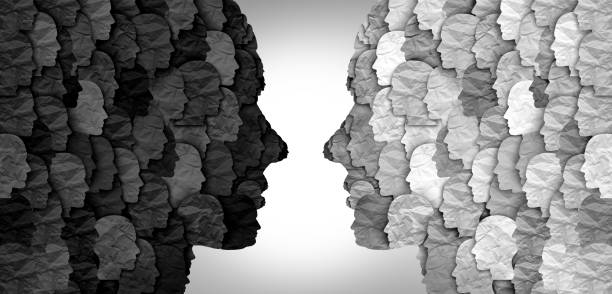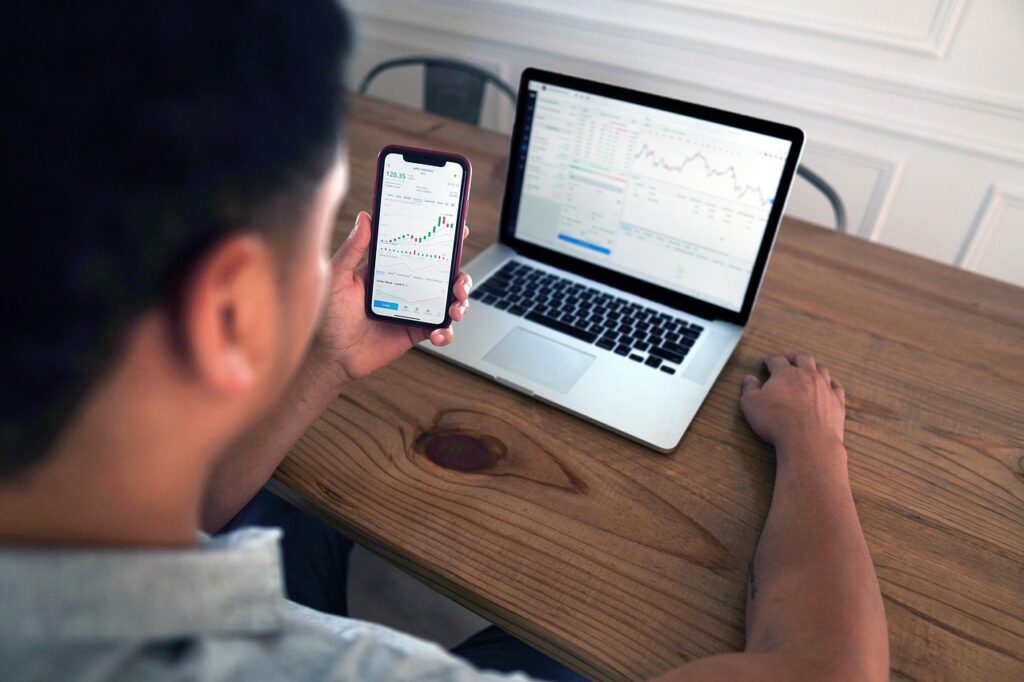
Cognitive Biases: The Story of the Distorted Mirror
- Categorías Psicotrading

Andrés looked at the market as if he were staring into a funhouse mirror: nothing was what it seemed. He believed that because a stock went up yesterday, it had to go up today. He convinced himself that his intuitions were always right, even when the results proved otherwise. What he didn’t know was that he was trapped in cognitive biases that distorted his vision.
The Confirmation Bias
In life, we look for evidence that proves us right. Someone who believes they’re disliked interprets every gesture as rejection. Someone convinced a business is good only listens to opinions that support it. In trading, this bias makes you ignore contrary signals and cling to your idea until you lose money.
FOMO and Overconfidence
FOMO (fear of missing out) is like seeing your friends at a party on social media and feeling your life is less because you’re not there. In the markets, that fear makes you enter late—and poorly. Overconfidence, on the other hand, is like the student who passes a test without studying and then believes it will always be that easy. Both are dangerous: the first makes you enter at the wrong time, the second makes you trust too much.
How to Fight Biases
The key is learning to question your thoughts. In our Success, Profits, and Wealth Seminar, we teach participants how to identify these biases and develop techniques to see the market with objectivity. With the guidance of specialized psychologists, every trader learns to distinguish between reality and the distorted mirror of their mind.
Conclusion
Cognitive biases are like invisible traps we all carry inside. Those who learn to detect and overcome them not only improve in the markets but also in life. Because in the end, what you see is not always what it is.
